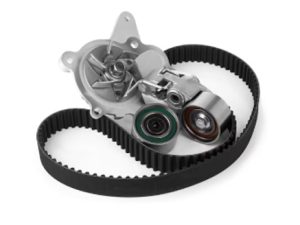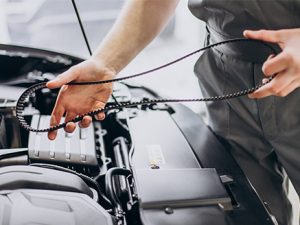Table of Contents
Engine Belts

Engines utilize various belts critical for their operation. The primary belts found in most engines include the timing belt, serpentine belt, and V-belts, when applicable.
Common Types of Belts
| Name | Description |
|---|---|
| Timing Belt | Synchronizes the rotation of the crankshaft and camshaft. |
| Serpentine Belt | Drives multiple peripheral devices such as the alternator and power steering pump. |
| V-Belts | Used in older models to drive engine accessories independently. |
Belt Responsibilities
The belts in your engine play crucial roles in ensuring the vehicle operates smoothly. Below is a breakdown of their responsibilities:
- Timing Belt: Ensures the engine’s valves open and close at the right times relative to the pistons.
- Serpentine Belt: Powers critical accessories like the air conditioner, water pump, and alternator.
- V-Belts: Each V-belt in older engines manages a single accessory, such as the alternator or fan.
When to Change Belts

Regular maintenance is key to vehicle health, including timely belt replacements. The common intervals for changing engine belts are highlighted below:
Replacement Schedule
| Belt | Recommended Change Interval |
|---|---|
| Timing Belt | Every 60,000 to 100,000 miles |
| Serpentine Belt | Every 50,000 to 100,000 miles |
| V-Belts | Inspect every 30,000 miles and replace as needed |
For those interested in purchasing high-quality engine belts, check out our buy engine belts page for more information.